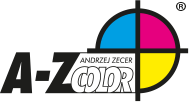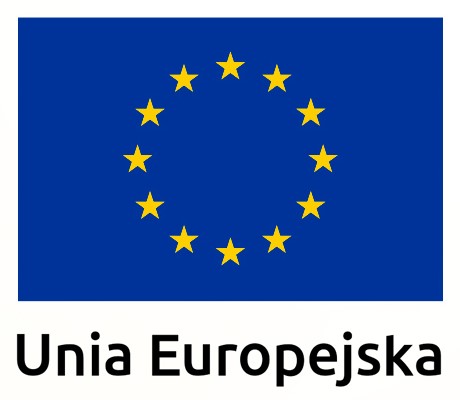Technologies in label printing - flexographic printing, screen printing, digital printing

What catches our eye when it comes to the product? On the one hand – it is the brand and catchy name. On the other – appropriate exposure. However, neither one nor the other will work if there is no suitable label on the article. This element of packaging plays an important role in identifying the product - both in terms of what it is, what it is made of and which manufacturer is responsible for it.
Producing an aesthetically pleasing label can be a bit of a challenge, especially when it comes to choosing the right technique. Therefore, below we present the various technologies in label printing and point out their main advantages and disadvantages. Enjoy your reading!
Current label-creating methods
Various techniques in label-creating are being used right now. The choice depends on the expected result, but also material used in the production. Labels also have various types of printing, including, for example, heat shrinkable or self-adhesive labels. It is also worth paying attention to the volume of print run - this is of considerable importance for the selection of the appropriate printing method.
The most popular technologies include:
- flexographic printing,
- screen printing,
- digital printing.
You will find out more about them later in this article.
What is flexographic printing?
It is one of the most widely used methods, and its origins go back as far as the 19th century. It has been progressively developed over the years and today's flexographic printing capabilities make it one of the best ways to create labels. But what is the technique based on?
Well, the technology uses a flexible plastic matrix and raster rollers. This allows colours to be precisely applied to the substrate - we should add - which can be made of a variety of materials. How does it work exactly? It all starts with a design. Based on this, a special form is created. With the help of this, the graphics are applied to the label, for example. A suitable paint - fast-drying and durable - must also be selected. Once the machine and its components are ready, the work begins.
Due to the high quality of the print and its resistance to various factors, including atmospheric conditions, flexographic printing is used in many industries. For these reasons, it is also popular to print labels using this method. Flexographic technology allows materials such as:
- paper,
- cardboard,
- foils and plastic packaging,
- laminated materials ...
... and many others. It is therefore highly universal. The amount of initial cost, however, makes it work well for larger volumes.
What is screen printing and how does the production of labels using this method look?
Also referred to as screen printing, this technique involves - perhaps unsurprisingly - the use of a small-mesh screen to create a variety of patterns. Once the stencils have been created, they are transferred onto the chosen material. This type of label printing is characterised by high precision and excellent workmanship.
What does it look like in practice? A template is created on a grid using the above-mentioned pattern. Such a screen has its meshes blocked in selected places, which prevents the ink from squeezing through. This produces a precise print. A special photosensitive emulsion is used to block out the holes, which is exposed and fixed onto the screen.
Screen printing can be used on a wide variety of materials. It looks good and fixes effectively on paper, metal, PVC, plastic and fabric surfaces. This also makes it ideal for label printing. It is, however, relatively slow.
If you are interested in the topic of screen printing, check out our post below:
Screen printing in label production
Digital printing - how are labels created using this method?
Digital technology is also becoming increasingly popular in printing. In this case, a computer and a special printer are put to work. There is no need for screens or matrices - all the work is carried out by printheads or photosensitive drums (depending on whether it is inkjet or laser technology) on the basis of set parameters using a graphics programme. This is the fastest method of printing labels, and the one that works best when a small volume of packaging labels is needed in a short space of time.
Work begins with the preparation of the design. If necessary, corrections can be made quickly and easily during production. Once the design has been approved, the labels can be printed straight away. Both the speed of production and the high quality of the labels make this technology ideal for situations in which only a small number of product labels are required at any one time. However, it is worth bearing in mind that costs increase with higher volumes and, above a certain level, the technique often proves to be uneconomic.
Which method should you choose? We would be happy to help you decide!
All previously mentioned technologies have their advantages and disadvantages. But which one will be the best for reaching your goals? If you are not sure – we will assist you by this choice. We will show you the profits that can be achieved with certain label-printing methods in your case. By choosing A-Z Color printing house’s offfer, you are will certainly receive a profesional support with complex and individual approach. Not only will you obtain high-quality product markings, but also we will optimalize the whole process for you considerng the expenses. Do not hesitate to contact us!
back








